Quantum computers have been hyped as machines that can solve almost any problem. Yet it is becoming clearer that their near-term utility will be narrower
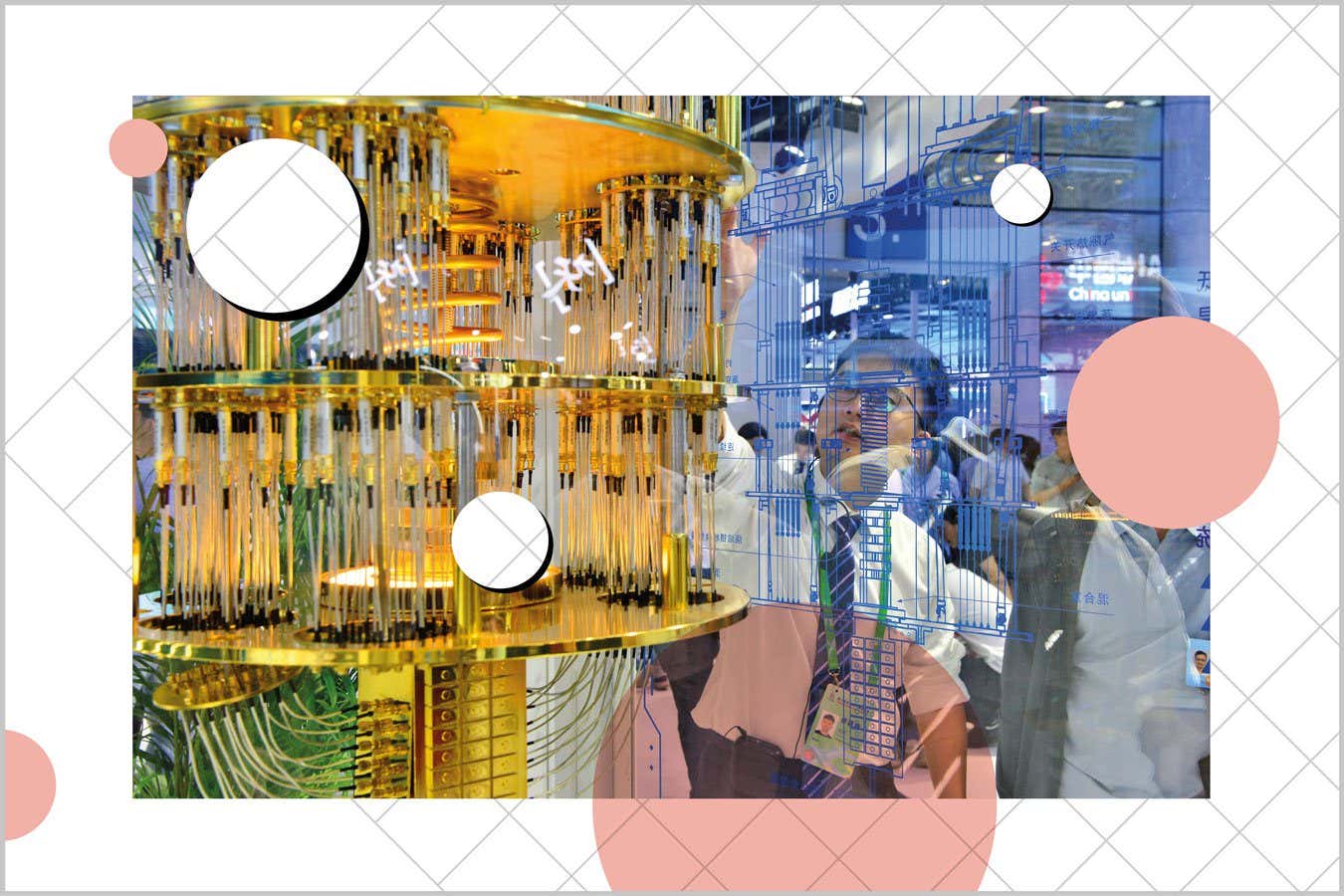

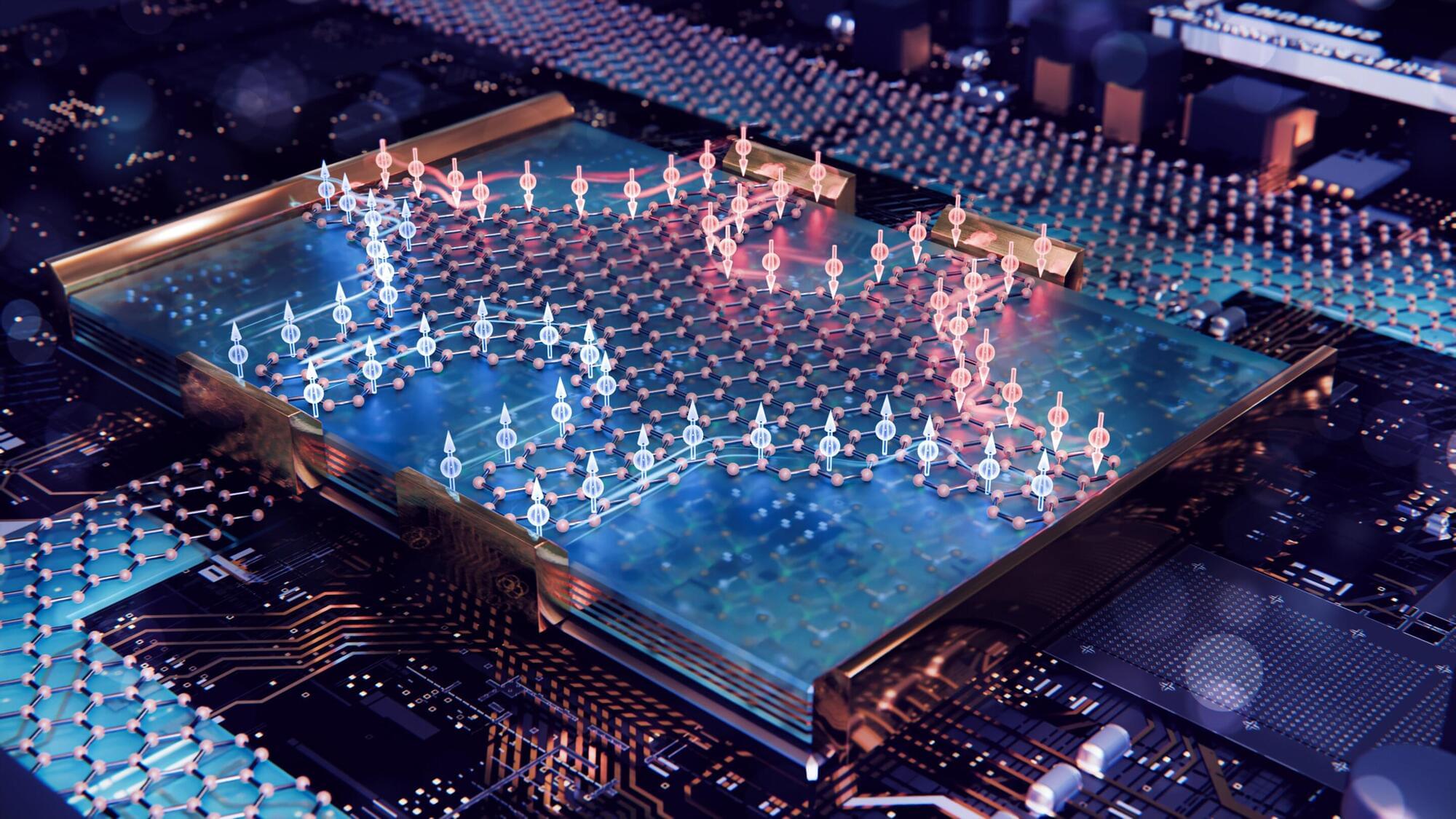
Scientists from TU Delft (The Netherlands) have observed quantum spin currents in graphene for the first time without using magnetic fields. These currents are vital for spintronics, a faster and more energy-efficient alternative to electronics. This breakthrough, published in Nature Communications, marks an important step towards technologies like quantum computing and advanced memory devices.
Quantum physicist Talieh Ghiasi has demonstrated the quantum spin Hall (QSH) effect in graphene for the first time without any external magnetic fields. The QSH effect causes electrons to move along the edges of the graphene without any disruption, with all their spins pointing in the same direction.
“Spin is a quantum mechanical property of electrons, which is like a tiny magnet carried by the electrons, pointing up or down,” Ghiasi explains. “We can leverage the spin of electrons to transfer and process information in so-called spintronics devices. Such circuits hold promise for next-generation technologies, including faster and more energy-efficient electronics, quantum computing, and advanced memory devices.”
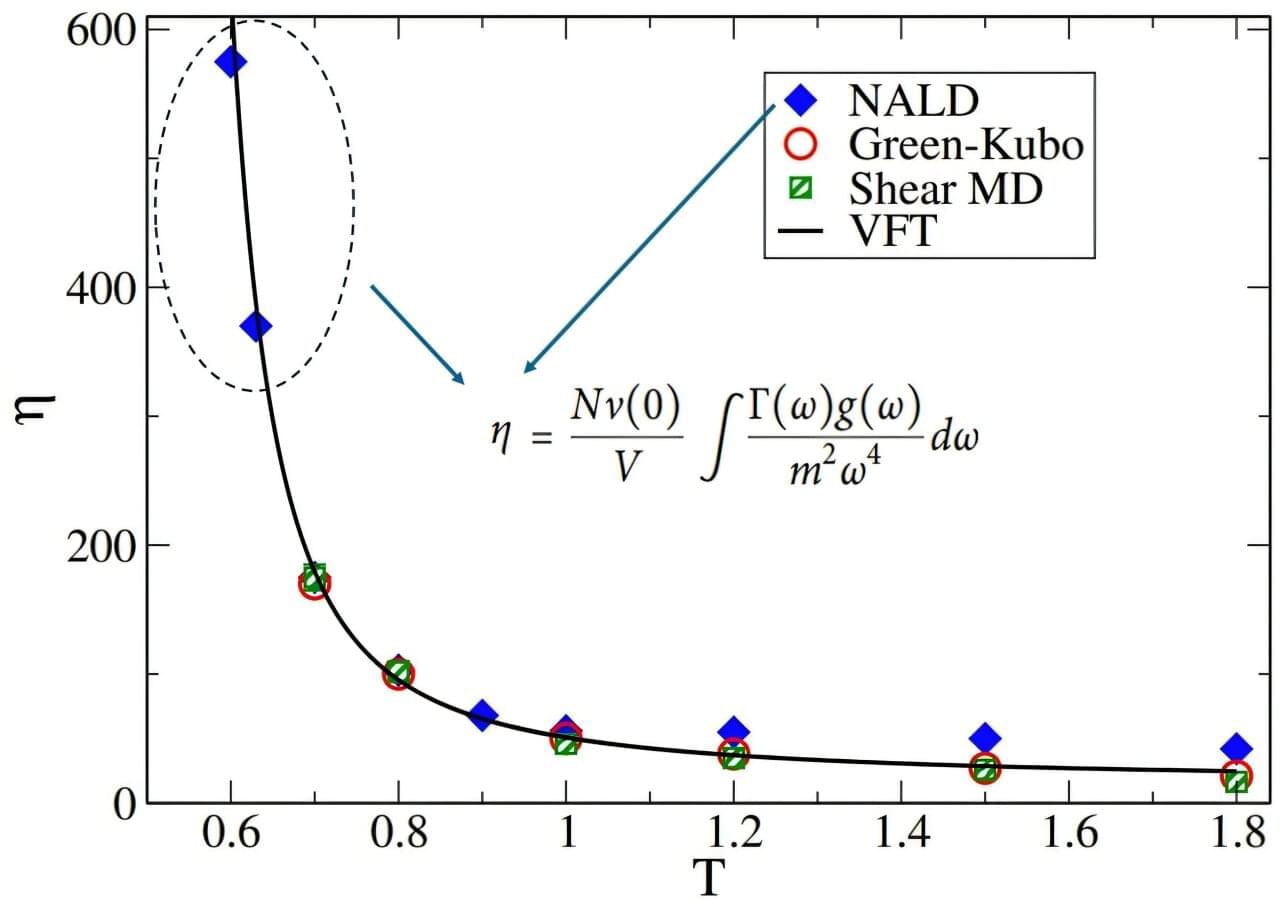
We rarely think about how liquids flow—why honey is thick, water is thin or how molten plastic moves through machines. But for scientists and engineers, understanding and predicting the viscosity of materials, especially polymers, is essential.
Viscosity governs how substances deform and flow under stress, which in turn affects how they are processed, how they behave in industrial pipelines, in environmental settings, or in consumer products, and how they respond to changing temperatures.
Traditionally, to calculate the viscosity of a liquid or polymer melt based on molecular simulations on computers, people rely on a method called the Green–Kubo formalism. It works by tracking how internal stresses fluctuate and decay over time inside a simulated material at thermodynamic equilibrium.
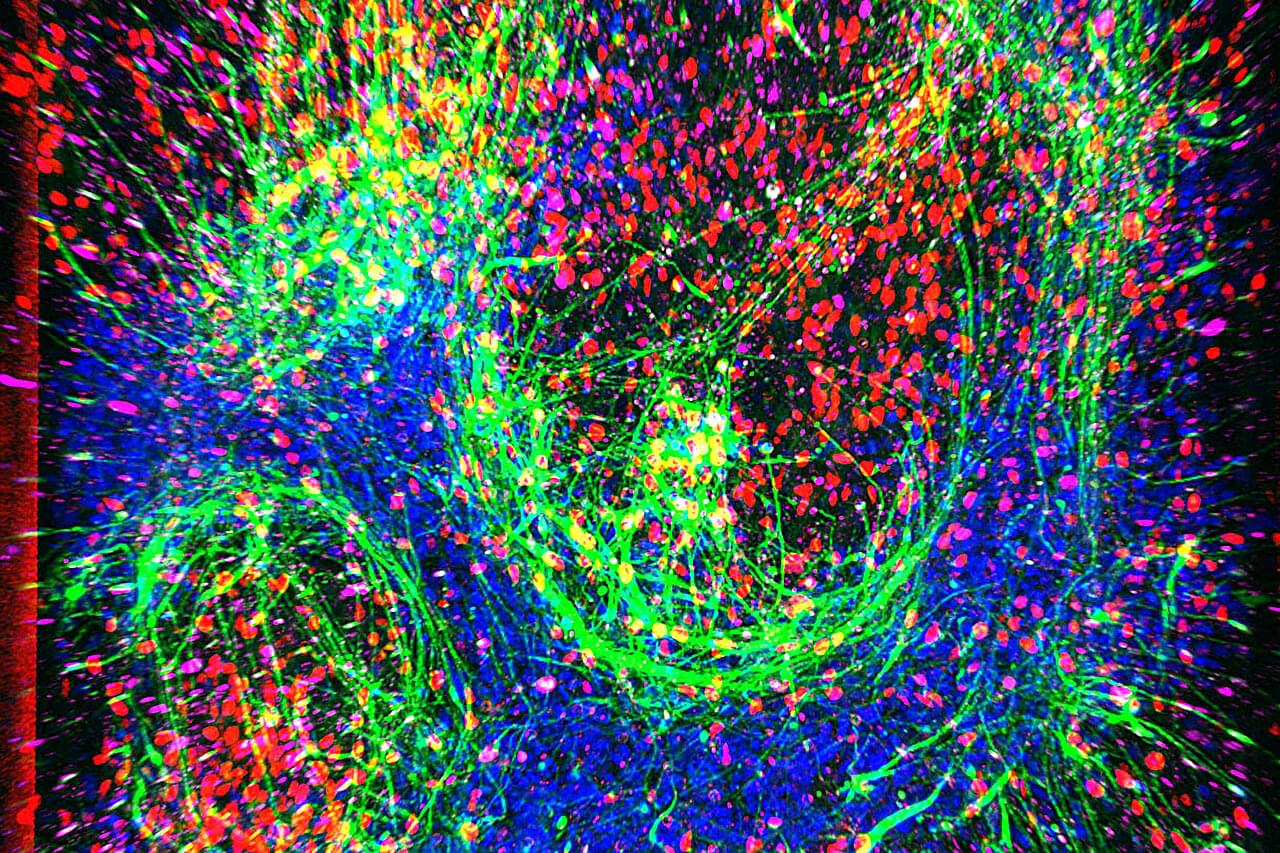
Using stem cells from patients with ALS (amyotrophic lateral sclerosis), Cedars-Sinai has created a lifelike model of the mysterious and fatal disease that could help identify a cause of the illness as well as effective treatments.
In a study published in the journal Cell Stem Cell, investigators detail how they created “ALS on a chip” and the clues the specialized laboratory chip has already produced about nongenetic causes of the disease, also known as Lou Gehrig’s disease.
The work builds on previous studies where adult cells from ALS patients were reverted into stem cells. The cells were then pushed forward to produce motor neurons, which die in the disease, causing progressive loss of the ability to move, speak, eat and breathe.

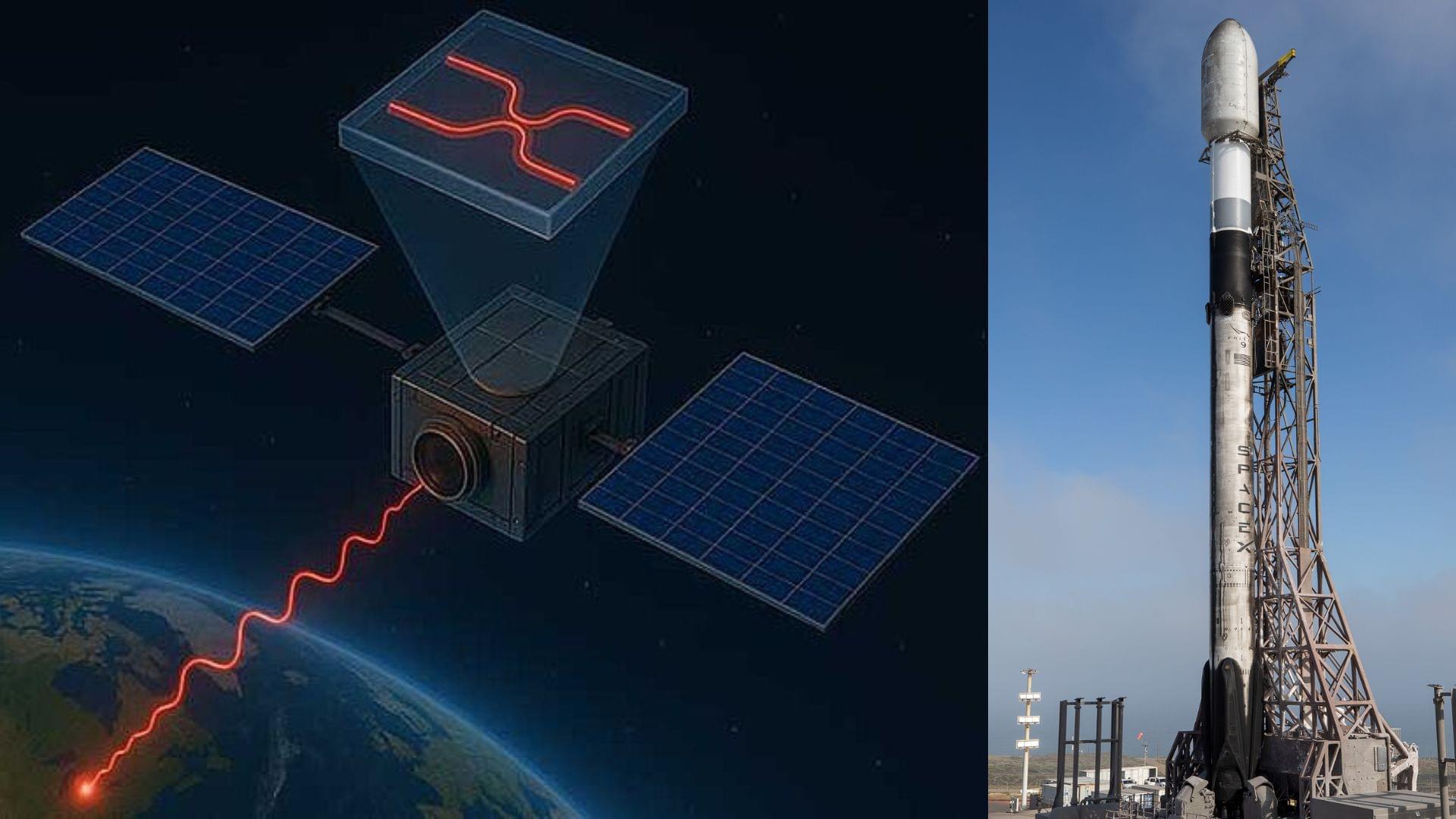
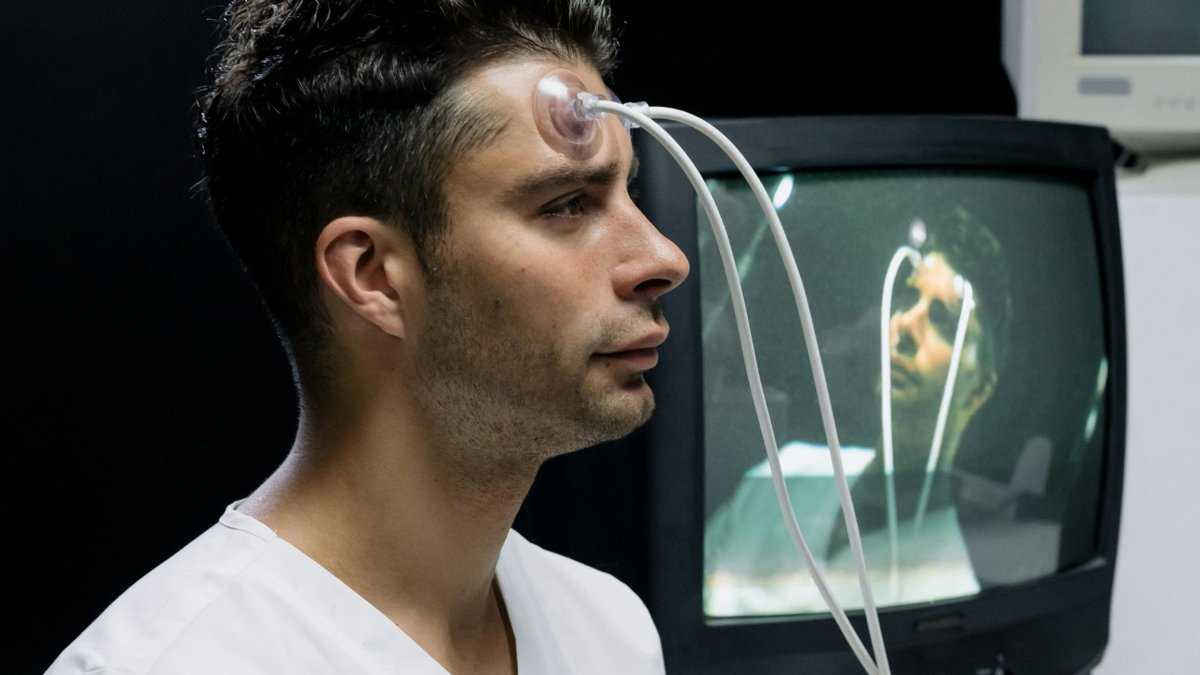
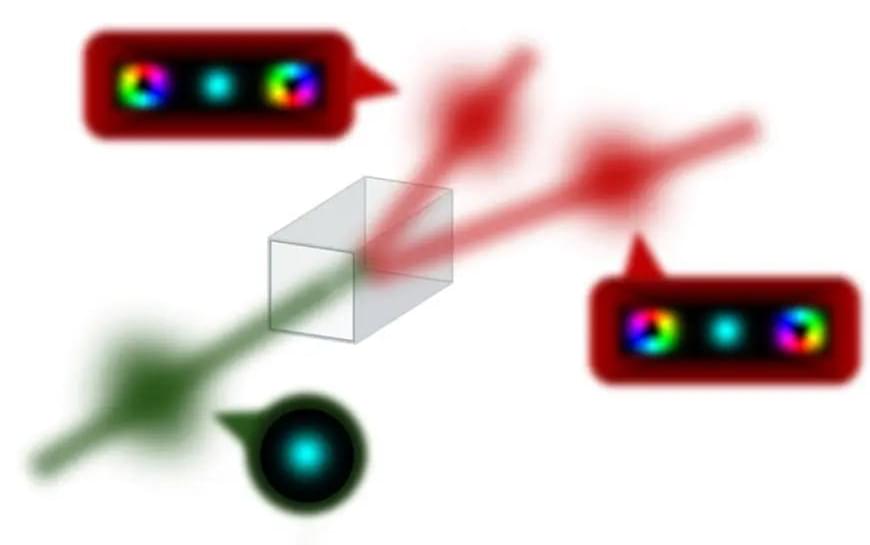
Researchers at Tampere University and their collaborators from Germany and India have experimentally confirmed that angular momentum is conserved when a single photon is converted into a pair – validating a key principle of physics at the quantum level for the first time. This breakthrough opens new possibilities for creating complex quantum states useful in computing, communication, and sensing.
Conservation laws are the heart of our natural scientific understanding as they govern which processes are allowed or forbidden. A simple example is that of colliding billiard balls, where the motion – and with it, their linear momentum – is transferred from one ball to another. A similar conservation rule also exists for rotating objects, which have angular momentum. Interestingly, light can also have an angular momentum, e.g., orbital angular momentum (OAM), which is connected to the light’s spatial structure.
In the quantum realm, this implies that single particles of light, so-called photons, have well-defined quanta of OAM, which need to be conserved in light-matter interactions. In a recent study in Physical Review Letters, researchers from Tampere University and their collaborators, have now pushed the test of these conservation laws to absolute quantum limit. They explore if the conservation of OAM quanta holds when a single photon is split into a photon pair.

Quantum computing just got a significant boost thanks to researchers at the University of Osaka, who developed a much more efficient way to create “magic states”—a key component for fault-tolerant quantum computers. By pioneering a low-level, or “level-zero,” distillation method, they dramatically reduced the number of qubits and computational resources needed, overcoming one of the biggest obstacles: quantum noise. This innovation could accelerate the arrival of powerful quantum machines capable of revolutionizing industries from finance to biotech.
